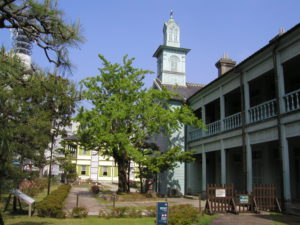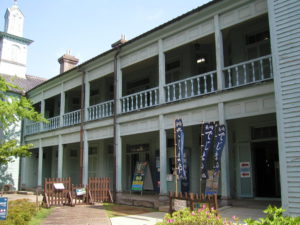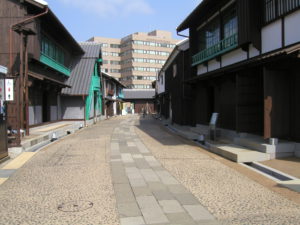Christian Pilgrimage sites including museums
Christianity in Japan was spread in Nagasaki region. However, unparalleled hidden Cristian history
was started from when Toyotomi Hideyoshi Shogunate proclaimed Christian ban in 1587. During ban
on Christianity, people secretly continued to faith while surviving in the midst of the conventional
society and Japanese religions. And many Christians were also martyred during this period.
Here we introduce the history of the ban on Christianity, including the places of martyrdom and
museums.
Martyrdom of the 26 Saints of Japan, in Nagasaki
The 26 Martyrs of Japan were a group of Catholics who were executed by crucifixion on February 5,
1597. The Twenty-six Christians, including six foreign missionaries and three young boys, were
arrested in Kyoto and Osaka on the order of Toyotomi Hideyoshi, the National ruler, for preaching
Christianity. They were marched 800 km through the snow to Nagasaki and crucified in front of
large crowd on Nishizaka hill on Feb. 5, 1597.
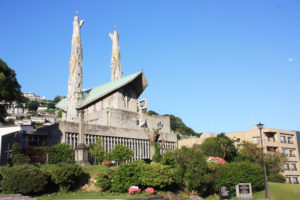 |
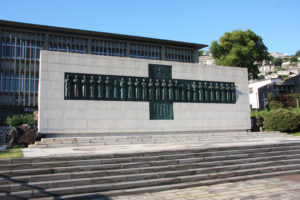 |
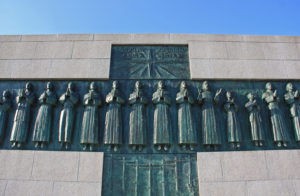 |
The 26 Martyrs Museum in Nagasaki
The museum behind the monument is devoted to the memory of the martyrs and to Christianity
in Japan in general. Its interior is reminiscent of a church with stained-glass windows, making
for atmospheric viewing of the exhibits. On display are artifacts related to Christianity in Japan,
including old documents, statues and jewelry.
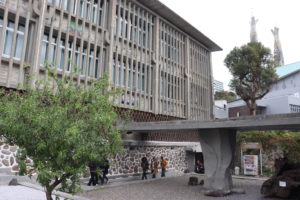 |
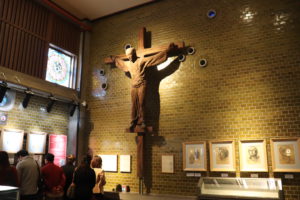 |
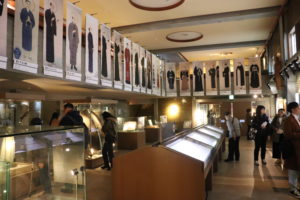 |
St. Andrew’s Seminary at Dejima, in Nagasaki
After the ban on Christianity lifted in 1873, Burnside who was the British Church Missionary created
a cram school at his home to teach the English Bible. In 1877, the school was moved to the Dejima
English-Japanese School building at Dejima, and St. Andrew’s Seminary was opened.
It was then used as the Seminary until 1886.
Dr. Nagai Takashi (3 February 1908 – 1 May 1951) was a Catholic physician specializing in
radiology, an author, and a survivor of the atomic bombing of Nagasaki. His subsequent life
of prayer and service earned him the affectionate title “saint of Urakami”. Nyokodo, which is
adjacent to the Nagai Takashi Memorial Hall, is Dr. Takashi Nagai’s hospital room and study.
This 2-tatami building was built as a new home for the doctor, with the generosity of the people
of Urakami and fellow Catholics who were left penniless by the atomic bombing.
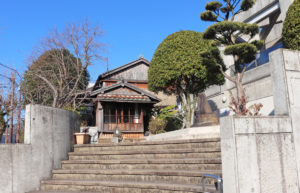 |
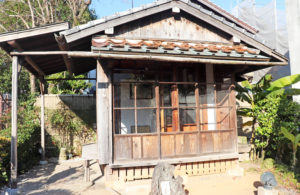 |
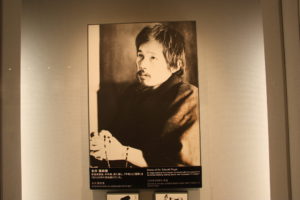 |
Unzen jigoku Martyrdom, in Unzen
When Matsukura Shigemasa became the new federal lord of Shimabara in 1616,
many people were Christians. Initially, he acquiesced in Christianity, because
he needed people’s cooperation to build Shimabara Castle.
However, this situation was known to Tokugawa Shogunate, and he strongly
commanded Christians in Shimabara to convert.
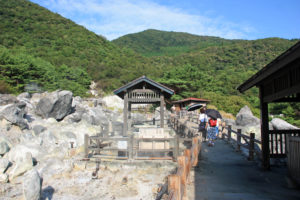 |
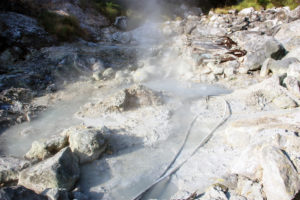 |
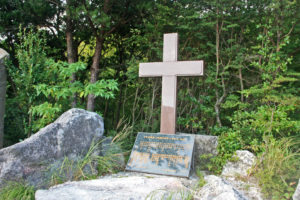 |
Hara Castle ruin, in Minami-Shimabara
The Christian pilgrimage site, registered on UNESCO’s World Heritage Site as Hidden Christian
Sites in the Nagasaki Region. The site is located in Minami-arima in Minami-Shimabara-city
and the Battle field of Shimabara Rebellion which was a peasant uprising against bakufu’s
persecution of Christians under the leadership of Amakusa Shiro in 1637.
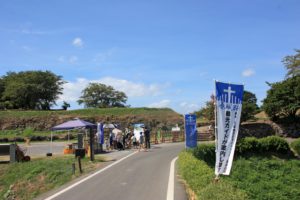 |
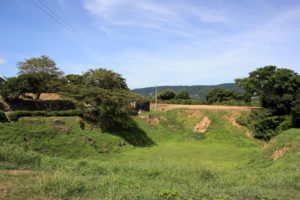 |
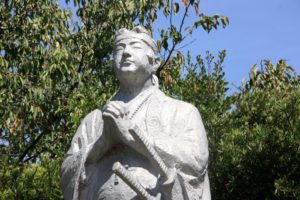 |
Hory Mary-Kannon of Hara Castle, in Minami-Shimabara
The world’s tallest wooden Holy Mary statue, with 10 meters in height.
This statue was made by sculptor Oyamatsu Eiji over a period of 40 years and was completed
when he was 90 years old.
The statue is located in Minami-Shimabara-city, 10 minutes drive from Hara Castle Ruins,
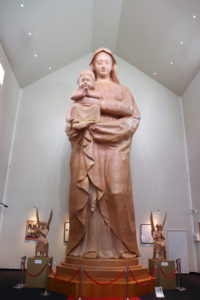 |
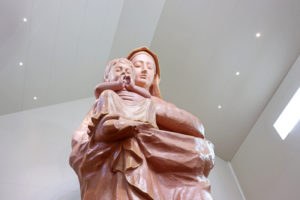 |
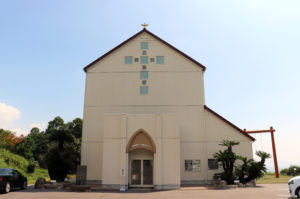 |
Arima Christian Heritage Memorial Museum, in Minami-Shimabara
The museum is a guidance facility showcasing the history of Christianity in Minami-Shimabara, centered
around the Hara Castle Ruins, a component of the “Hidden Christian Sites in the Nagasaki Region,” which
was registered as a World Heritage Site in 2018.
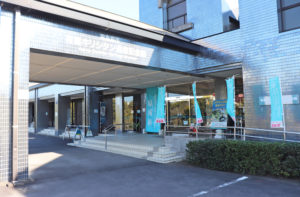 |
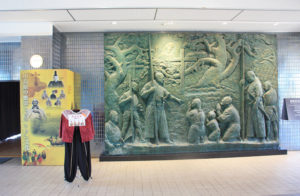 |
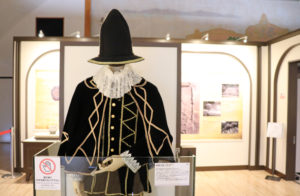 |
Page 1 2

